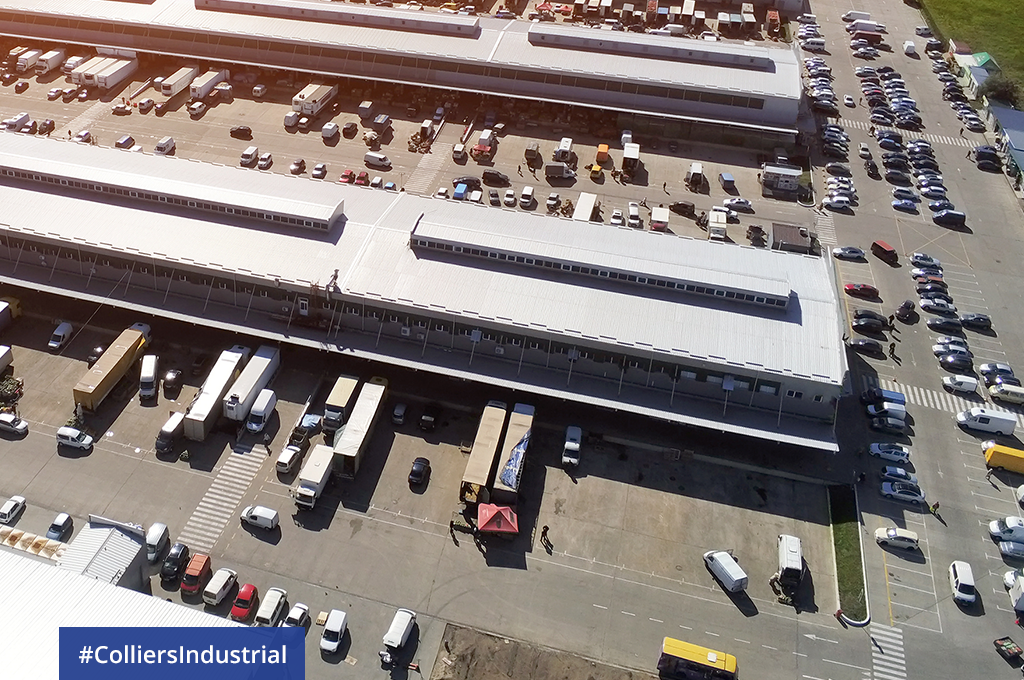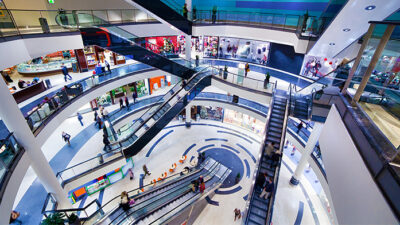Industrial real estate properties have been on a 12-year run of value growth. Almost every quarter since 2010 saw improving fundamentals in the U.S. market, and there’s been a steady march of vacancy rate declines, rental rate increases and new development.
Fundamentals surged like a tidal wave during the COVID-19 pandemic, and in its wake, there has been more new industrial development in the last two years than ever before, pricing has set new records quarter after quarter, and cap rates compressed to all-time lows.
Rental Growth Considerations
The flipside of the market’s record-breaking performance has been the impact to occupiers and buyers of industrial real estate, who face significant rent growth and competition for limited available inventory. In some parts of the country, tenants experienced rent hikes of at least 40% (and in some markets up to 100%) over the last two years.
Institutional investment funds have been an important part of the growth for the U.S. industrial sector, but current interest rate volatility and uncertainty has caused some investors to press pause on new projects. Cap rates for industrial investments are going up with sale prices per square foot on the inverse. Projects currently under contract are being asked to change to terms in the buyer’s favor.
The big question is how this change in the capital markets could affect rent. If the economy avoids a recession, the slowing of new development will increase competition for space and rents will continue to soar. On the other hand, if demand slows because of a recession, then rents could stabilize or even drop.
Capital Markets Outlook
In a recent update from Colliers Capital Markets, Mike Kendall, Vice Chair and Industrial Lead for U.S. Capital Markets noted that increased borrowing costs have caused the market to stall. Deals are still getting done, though they are taking longer than before, and the buyer pool has gotten shallower.
Investors today are looking for shorter-term leased assets in order to capture the market’s strong rent growth in recent years. This is allowing some deals to still pencil, despite negative leverage. Many are predicting this slowdown to be temporary, and once interest rates settle, and lenders are pricing debt with more predictable spreads, investment activity will pick up. For the time being, sellers are likely to face a price adjustment, with lower achieved per square foot metrics and higher cap rates compared to recent quarters.
Per Amanda Ortiz, Colliers’ National Industrial Research Director: “With rising rents, particularly in industrial, the outlook for net operating income growth remains strong, which should drive more capital to real estate. While investment sales volume has slowed over the last two months; however, the price per square foot continues to climb, reaching a new record of $145 per square foot in May.”
The industrial real estate wave may have reached its historic swell for the foreseeable future, but there still remains a swirl of activity – and more to be had – once interest rates and economic uncertainty subdue.

 Jack Rosenberg
Jack Rosenberg

 Aaron Jodka
Aaron Jodka
